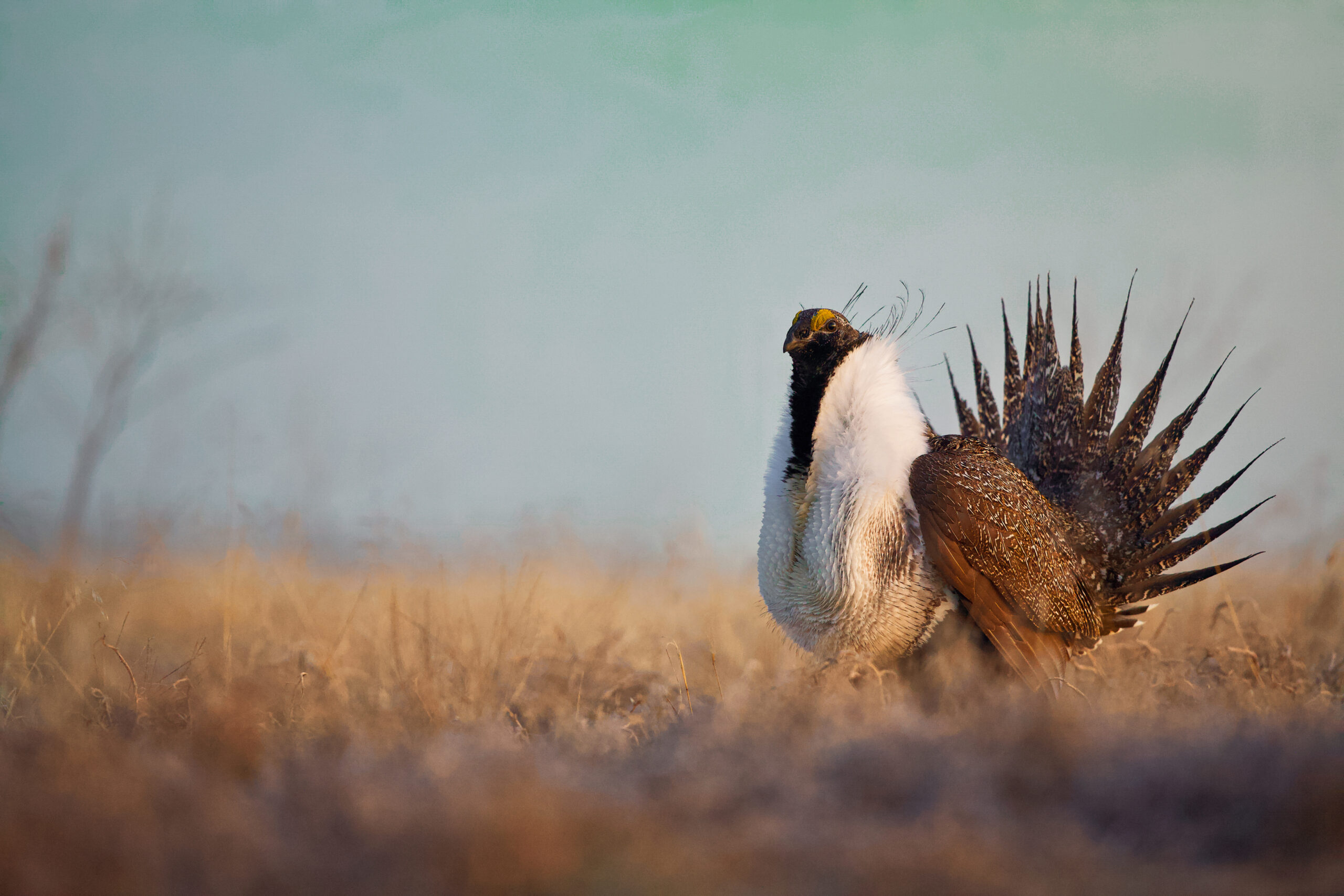East African Standard
March 6, 2007
Applying free market ideas to wildlife conservation
By Joseph Magiri

In the book “You Have to Admit It’s Getting Better – From Economic Prosperity to Environmental Quality” Anderson argues that economic growth and environmental quality are getting better – at least in the Northern America and Southern Africa.
Anderson’s research helped launch the idea of free market environmentalism and prompted public debate over the proper role of government in managing resources in USA.
Government subsidies often degrade the environment but private property rights encourage resource stewardship and market incentives harness individual initiative for protecting environmental quality, Anderson argues. His argument his supported by available data
In Kenyan parlance, Anderson is saying it is local communities and not the central government that should manage wildlife. Currently, local communities shoulder the costs of living with wildlife and parties from without the communities reap the benefits of wildlife
That is why despite tourism being a top foreign exchange earner in Kenya, local communities living with wildlife are in abject poverty. And key infrastructure like the road to Masai Mara deteriorates to deplorable levels because the parties that use the roads are not directly responsible for fixing it.
Anderson’s broad-ranging ideas have provided a refreshing and stimulating look at complex and seemingly intractable environmental problems. A wildlife report prepared under the auspices of USAID is informed by free market environmentalism and not sport hunting, as critics seem to be saying.
Free market environmentalism holds that costs and benefit should be the central issue in wildlife conservation. Godfrey Ntapayia of Kitengela Land Owners Association – an association that has trail blazed the concept of leasing land to create wildlife corridors says a new policy addressing compensation, ownership and who-plays-what-role in conservation is needed.
Ntapayia observes Sessional paper No 3 of 1975 didn’t address the issue of resource sharing.
Kenya’s wildlife conservation policy is informed by outdated and draconian colonial thinking. The net effect of this mindset is that wildlife populations have continued to decline despite huge amounts of funds spent in equipment and personnel going into barring locals from using wildlife
Ian Parker, a former Kenya game warden, writes: “Late in the colonial era it became appreciated that the negative approach to wildlife use was failing – colonial reaction to African wildlife use was one of preventing Africans from using wildlife.
“The first clear evidence of the failure of the colonialists’ obstructive policy as far as Africans’ concerning use of wildlife was the creation of the Galana Game Management Scheme, closely followed by weak and half-hearted measures that allowed land owners to use wild animals commercially.
“Land owners were allowed to sell trophies but not meat, or, latterly, meat but not trophies. These policies sputtered and fizzled erratically across Kenya’s independent years. Today the arguments for and against legitimate wildlife use do not reflect more than the situation that has persisted since the colonial era started. The big difference that has taken place over time, however, is that the wildlife resource is now a fraction of what it once was, and declines steadily."
This archaic approach to wildlife management has led to unending Human-Wildlife Conflict (HCW) in Kenya. In a paper titled “The status and challenges of Human-Wildlife conflict in Kenya: novel and practical approaches towards mitigation” Dr Geoffrey Wahungu, a senior lecturer at Moi University’s Wildlife Department argues there are no existing models that have been developed from the data collected or from the existing data to help predict, develop early warning systems, or compile existing conflict mitigation measures for official adoption and implementation
He adds that the methods applied now are not well documented, their relative efficiency and practicalities of application are undetermined and their potential in mitigating HWC are unknown.
In the paper, Wahungu documents approaches used to mitigate conflict in order to minimise conflict while at the same time conserving wildlife resources while minding about people’s livelihoods
Presently, although the communities living around national parks lose lives, limb and property among other burdens like pests and diseases that wildlife spread to livestock, these communities do not enjoy accruing from wildlife in the same proportion. It is irrational to ask people affected so negatively not to kill animals that destroy their crop
Farmers living near wildlife conservation areas suffer loss of crops but don’t get any compensation. They only get a consolation. To such farmers wildlife conservation means lost crop, which translates to lost food and/or income. For conservation to work, wildlife should make a positive impact on these communities bottom line


